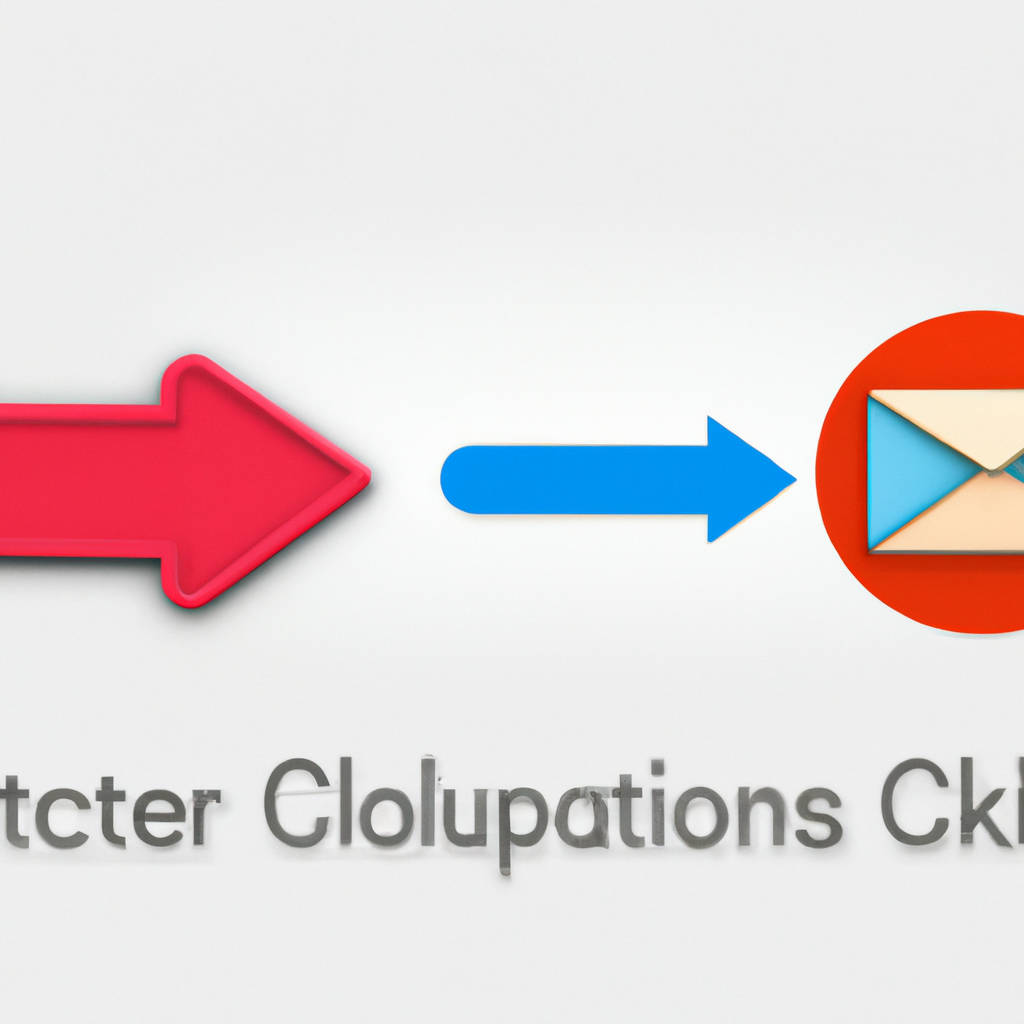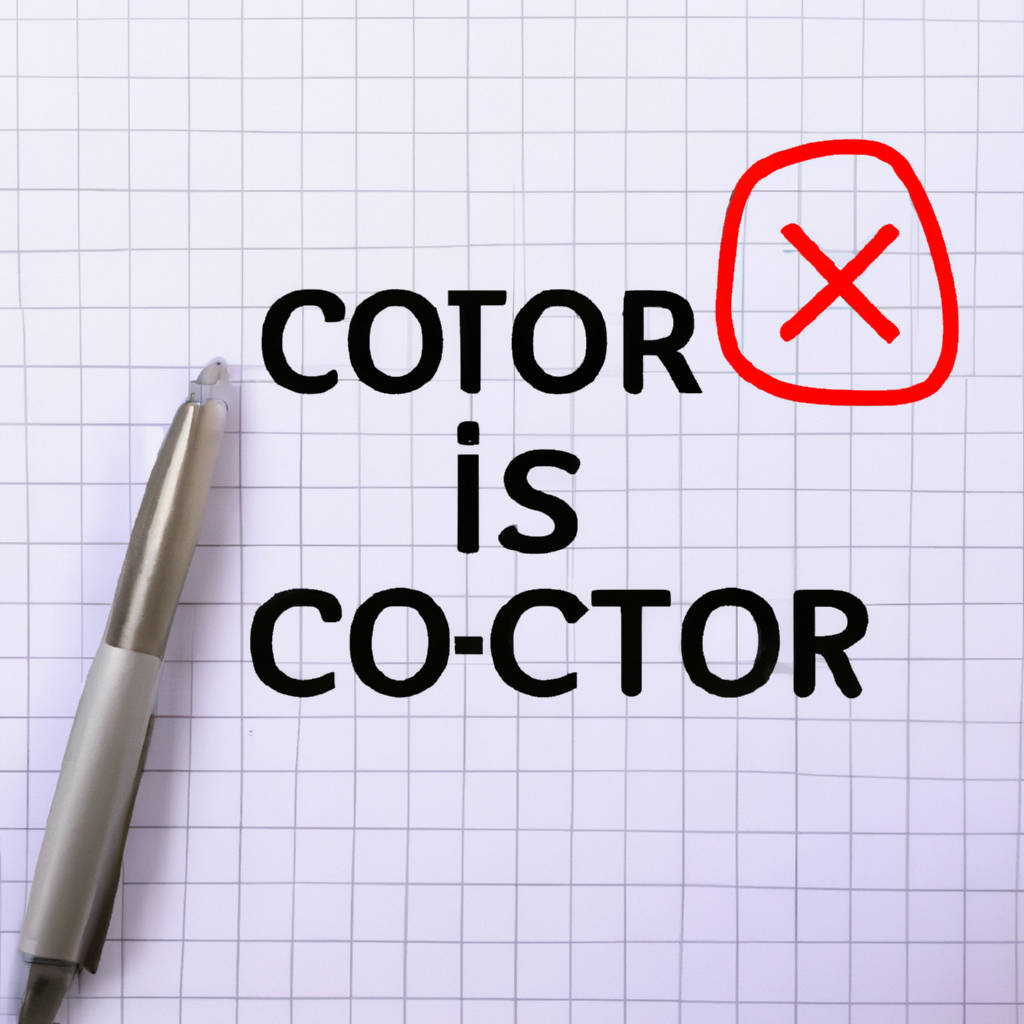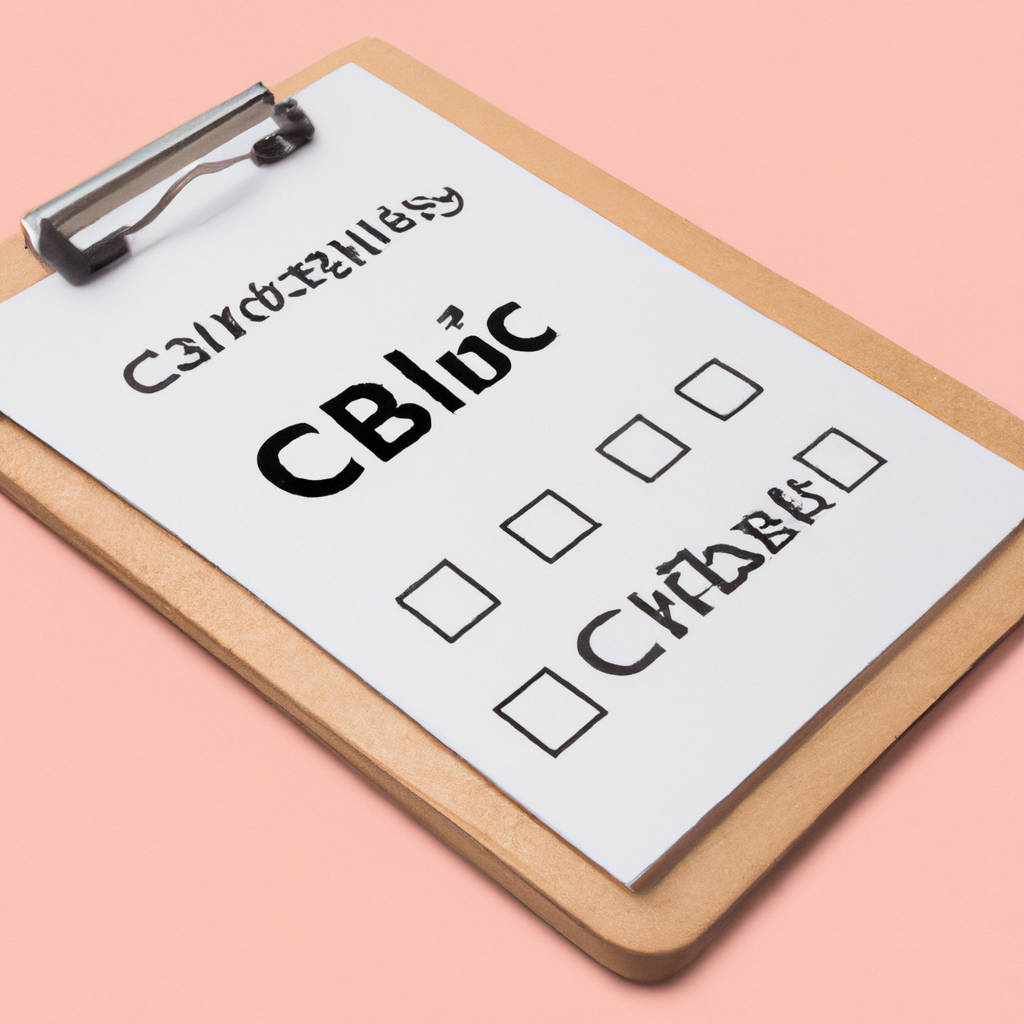Understanding Click-to-Open Rate (CTOR) in email marketing is crucial for businesses looking to optimize their email campaigns. CTOR is a metric that measures the effectiveness of an email campaign by calculating the percentage of unique clicks out of the total number of emails opened. This metric provides valuable insights into the performance of an email campaign, as it indicates how engaging and relevant the content of the email is to the recipients.
A high CTOR indicates that the email content resonates well with the audience, leading to higher click-through rates and ultimately, better conversion rates. On the other hand, a low CTOR suggests that the email content may not be compelling enough to prompt recipients to take action. By analyzing CTOR, marketers can identify areas for improvement in their email campaigns, such as optimizing subject lines, personalizing content, or segmenting their audience to deliver more relevant messages. Ultimately, understanding CTOR can help businesses drive better results from their email marketing efforts and improve overall campaign performance.

What Exactly is CTOR?
CTOR, or Canonical Transaction Ordering Rule, is a protocol that dictates the order in which transactions are included in a block on the Bitcoin Cash blockchain. This rule was implemented in order to help improve the overall efficiency and scalability of the blockchain network. By enforcing a specific order for transactions, CTOR aims to simplify the process of validating and processing transactions, ultimately leading to faster and more reliable transactions.
The rule specifies that transactions must be ordered based on their transaction IDs, which helps to reduce the complexity of the network and improve the overall performance of the system. While CTOR has been met with some controversy within the cryptocurrency community, with some arguing that it goes against the principles of decentralization, others believe that it is a necessary step towards improving the scalability and efficiency of the Bitcoin Cash network. Ultimately, the goal of CTOR is to create a more streamlined and efficient blockchain network that can handle a higher volume of transactions without compromising security or decentralization.
What Constitutes a Good CTOR?
A well-constructed CTOR, or Constructor, in programming is one that effectively initializes an object’s state and sets it up for use. It should take in any necessary parameters and assign them to the object’s member variables in a logical way. A good CTOR will also handle any necessary error checking and validation to ensure that the object is in a valid state before being used. Additionally, a good CTOR will be efficient and not waste unnecessary resources or time during its execution.
It should be well-documented and easy to understand, making it clear to other developers how to properly use the object and what parameters are required. Lastly, a good CTOR should be flexible and allow for customization or extension if needed in the future. By following these principles, a programmer can create CTORs that are robust, reliable, and easy to work with, leading to more maintainable and efficient code overall.

Comparing Open Rate vs. Click-to-Open Rate
Open rate and click-to-open rate are two important metrics that marketers use to measure the effectiveness of their email campaigns. Open rate is the percentage of recipients who open an email out of the total number of recipients who received it. This metric gives marketers an idea of how engaging their subject lines and sender names are in getting recipients to open the email. On the other hand, click-to-open rate is the percentage of recipients who clicked on a link in the email after opening it. This metric is a more accurate measure of how engaging the content of the email is, as it shows the percentage of recipients who found the content compelling enough to take further action.
Comparing open rate and click-to-open rate can provide valuable insights into the effectiveness of different aspects of an email campaign. A high open rate but low click-to-open rate may indicate that the subject line and sender name are effective at getting recipients to open the email, but the content inside is not engaging enough to drive action. On the other hand, a low open rate but high click-to-open rate may suggest that the subject line and sender name are not compelling enough to get recipients to open the email, but the content inside is highly engaging to those who do open it.
Ultimately, both open rate and click-to-open rate are important metrics to consider when evaluating the success of an email campaign. By comparing these two metrics, marketers can gain a better understanding of how well their emails are performing at different stages of the recipient’s journey, from opening the email to taking action on the content inside. This insight can help marketers make informed decisions about how to optimize their email campaigns for better engagement and ultimately drive more conversions.
Why Open Rate and CTOR Aren’t Enough
Open rate and click-to-open rate (CTOR) are important metrics for measuring the success of email marketing campaigns. However, relying solely on these two metrics may not provide a comprehensive understanding of the effectiveness of an email campaign. Open rate measures the percentage of recipients who opened an email, while CTOR measures the percentage of recipients who clicked on a link within the email after opening it. While these metrics can give you an idea of how engaged your audience is with your content, they do not tell the whole story. For example, a high open rate may indicate that your subject line is effective at grabbing attention, but it doesn’t necessarily mean that the content of the email is compelling enough to drive action.
Likewise, a high CTOR may indicate that your email content is engaging, but it doesn’t take into account the overall impact of the campaign on your business goals. To truly understand the effectiveness of your email campaigns, it is important to consider other metrics such as conversion rate, revenue generated, and customer retention. These metrics can provide a more holistic view of how your email campaigns are performing and help you make data-driven decisions to optimize your email marketing strategy. By looking beyond open rate and CTOR, you can gain valuable insights into the overall impact of your email campaigns and make informed decisions to drive better results.

Metrics for a Comprehensive View
Metrics for a comprehensive view are essential for businesses to accurately measure their success and identify areas for improvement. By utilizing a variety of key performance indicators, organizations can gain a holistic understanding of their operations and make informed decisions moving forward. Metrics such as customer satisfaction, employee engagement, and financial performance provide valuable insights into the overall health of a company. Additionally, tracking metrics related to sustainability, diversity, and innovation can help businesses ensure they are operating in a socially responsible manner. By taking a comprehensive approach to measuring performance, companies can better understand the impact of their actions on all stakeholders and make adjustments as needed to drive long-term success.
In addition to traditional business metrics, organizations can also benefit from incorporating metrics related to environmental and social impact. By tracking factors such as carbon emissions, water usage, and community engagement, companies can assess their sustainability efforts and identify opportunities for improvement. Similarly, measuring metrics related to employee well-being, diversity, and inclusion can help businesses create a more inclusive and supportive work environment. By taking a holistic approach to measuring performance, organizations can ensure they are not only achieving financial success but also making a positive impact on the world around them.
Overall, metrics for a comprehensive view are essential for businesses to effectively measure their performance and make informed decisions. By tracking a wide range of key performance indicators, organizations can gain a deeper understanding of their operations and identify areas for improvement. By incorporating metrics related to sustainability, diversity, and social impact, companies can ensure they are operating in a responsible and ethical manner. By taking a comprehensive approach to measuring performance, businesses can drive long-term success and create a positive impact on all stakeholders.
Insights Gained from CTOR Analysis
CTOR analysis provides valuable insights into the behaviors and motivations of individuals and groups. By analyzing communication patterns, relationships, and interactions, researchers can uncover hidden dynamics and understand the underlying drivers of decision-making processes. This type of analysis can reveal how power dynamics operate within a group, as well as how individuals influence each other’s opinions and actions. By examining the language used in communications, researchers can gain a deeper understanding of the beliefs and values that shape behavior.
Additionally, CTOR analysis can help identify key influencers within a group, as well as the networks through which information and influence flow. This information can be invaluable for organizations seeking to understand their target audiences and tailor their messaging to be more effective. By gaining insights from CTOR analysis, researchers can better understand the complex web of relationships and motivations that underlie human behavior, allowing them to make more informed decisions and develop more targeted strategies.

Strategies for Boosting CTOR
Boosting CTOR (Click-to-Open Rate) is essential for any email marketing campaign to be successful. One strategy to increase CTOR is to focus on creating engaging and relevant content that resonates with the target audience. This can be achieved by personalizing the emails, tailoring the messaging to the recipient’s interests, and providing valuable information or offers that are likely to capture their attention. Another effective strategy is to optimize the email subject line and preview text to entice recipients to open the email.
By using compelling language, creating a sense of urgency, or offering a sneak peek at the content inside, marketers can increase the likelihood that recipients will click through to read the full message. Additionally, segmenting the email list based on demographics, behavior, or preferences can help ensure that recipients receive content that is most relevant to them, leading to higher CTOR. Testing different elements of the email, such as the design, layout, and call-to-action buttons, can also help identify what resonates best with the audience and improve CTOR over time. By implementing these strategies, marketers can increase CTOR and ultimately drive more engagement and conversions from their email marketing efforts.
Crafting Effective Emails
Crafting effective emails is essential in today’s fast-paced digital world. An effective email can make all the difference in getting your message across clearly and persuasively. To create an effective email, it is important to consider your audience and tailor your message accordingly. This includes using language and tone that resonates with the recipient, as well as focusing on the key points you want to convey. Additionally, it is crucial to pay attention to the formatting and layout of your email. Well-organized emails with clear headings and bullet points can help the reader quickly grasp the main ideas. It is also important to keep your emails concise and to the point.
Long, rambling emails are likely to lose the reader’s interest and may not effectively communicate your message. Furthermore, it is important to proofread your emails for spelling and grammar errors before hitting send. Typos and mistakes can detract from the professionalism of your email and may lead to misunderstandings. Lastly, it is important to consider the timing of your emails. Sending emails at appropriate times can increase the likelihood of them being read and responded to promptly. By following these tips and crafting effective emails, you can improve your communication skills and make a positive impression on your recipients.